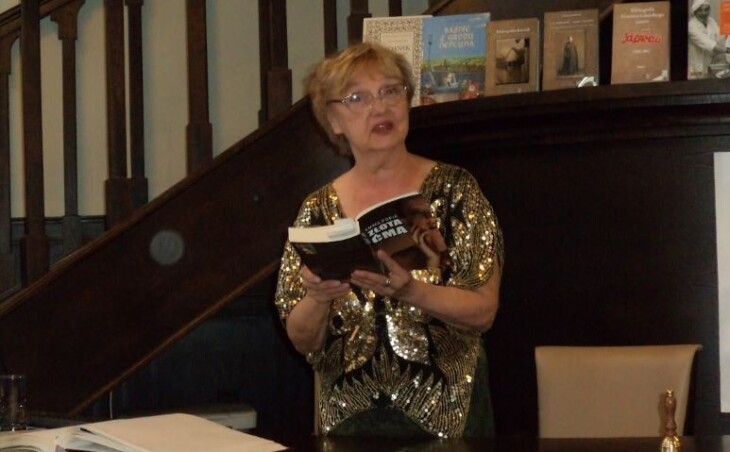The author is known for fantasy and science-fiction novels as well as extraordinary fairy tales for children. What made it choose directions so distant from reality?
She was born on March 9, 1949 in the town of Skępe, located in the Kuyavian-Pomeranian Voivodeship. She moved to Gdańsk to study and graduated from Polish philology there. Soon after, she started working as an assistant at the Higher Teachers School in Bydgoszcz and as an editor at Wydawnictwo Morskie. She also spent a significant amount of time abroad. She visited London and Tokyo, where she also published, and one of her children’s books – Entrance to a Fairy Tale – was translated into Japanese. However, she returned to Gdańsk, where in 2000 she founded the magazine Nowy Kurier Nadbałtycki, of which she is still the editor-in-chief.
We are a very positive monthly. We are not looking for errors and flaws, but we show those we can be proud of, worth showing and praising.
Initially, she published her texts under the pseudonym Emma Popiss in Fantastyka . She made her debut there with the short story The Master (no. She also wrote for magazines such as Feniks and Przegląd Techniczny . In 1986, Emma Popik’s first collection of short stories was published, entitled Tylko Ziemia. The Report was released shortly after , followed by the Gates of Fear . An important part of her work are also novels such as The Salvator Queen, Crime in the Higher Spheres, Golden Moth, Thousand Days , or a fairy tale for children, The Secrets of Emilka.
Interestingly, Emma Popik is also the author of many scientific articles on the subject of UFOs. He publishes, among others, in American, Finnish, British and even Chinese magazines. He is also a member of the American Mutual UFO Network.
Among her wide-ranging work, however, works from the fantasy and science-fiction categories definitely prevail. What made the author so fond of this genre? Emma Popik answered this question in one of the interviews:
Through fantasy, more can be shown: both ordinary problems and extraordinary matters. It’s a different form of reality, after all.

